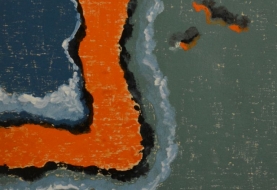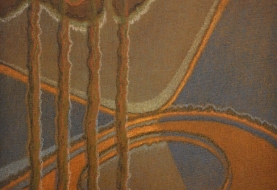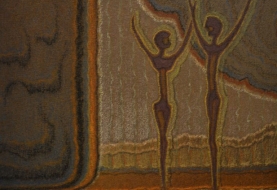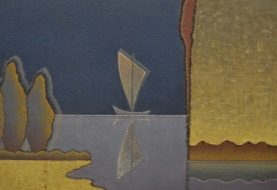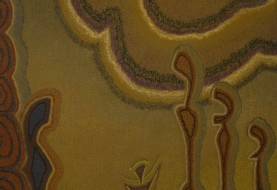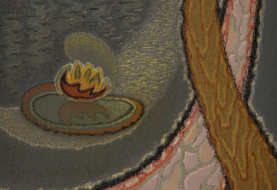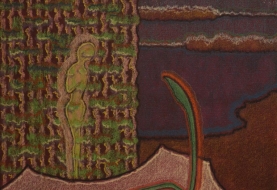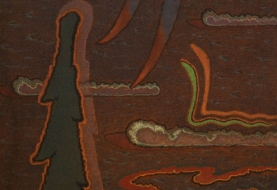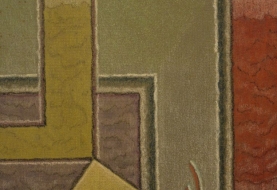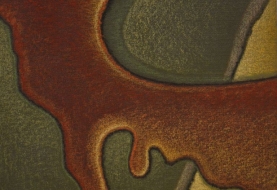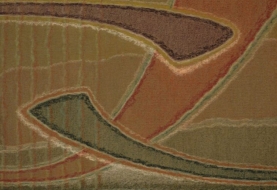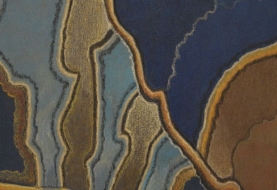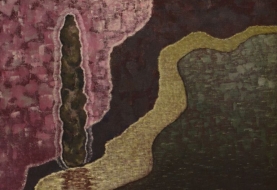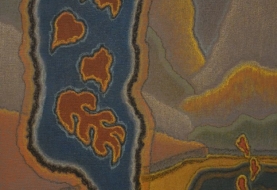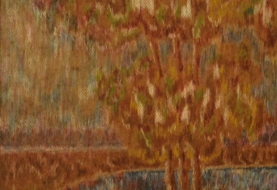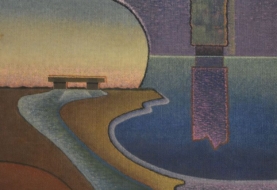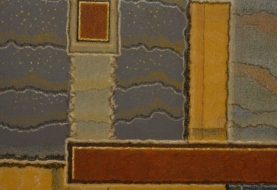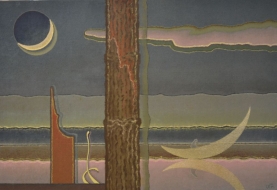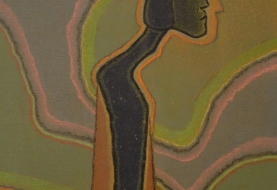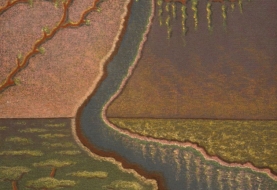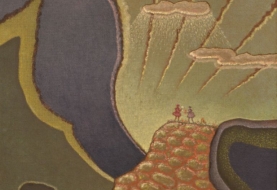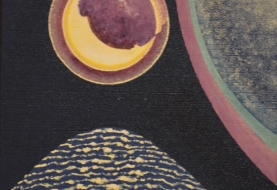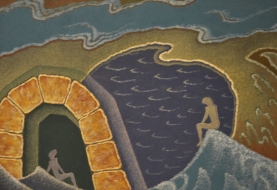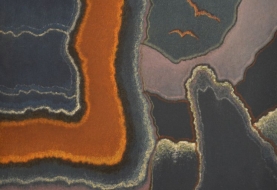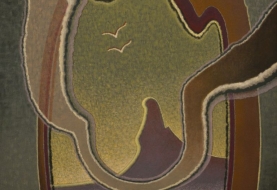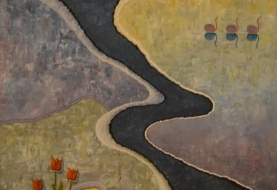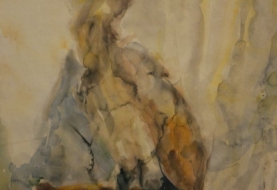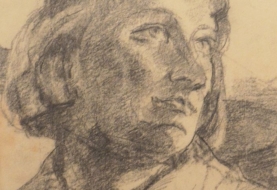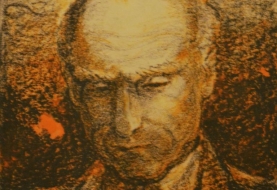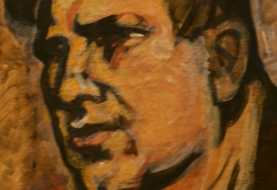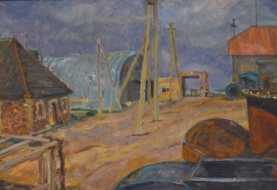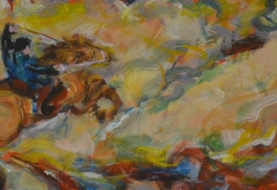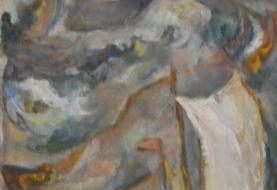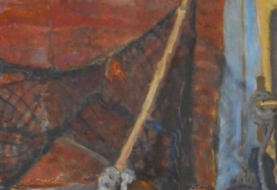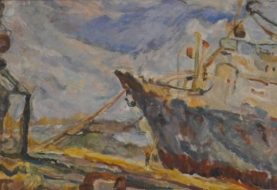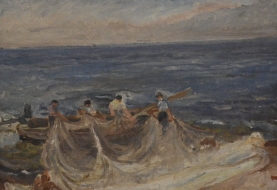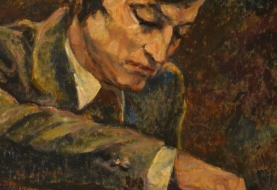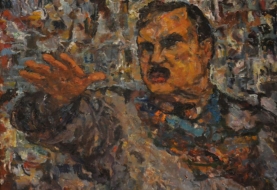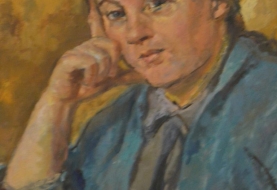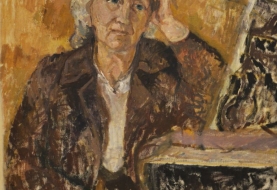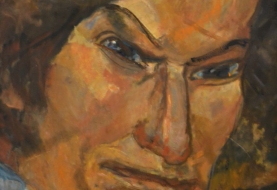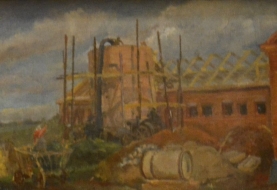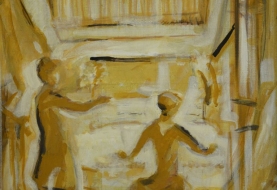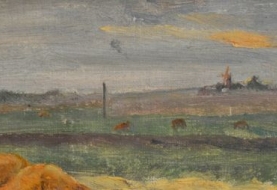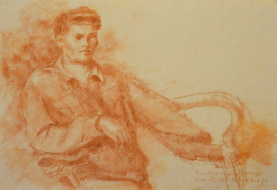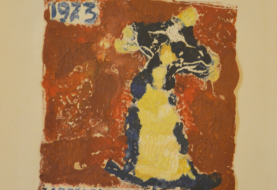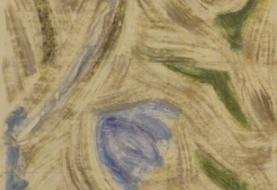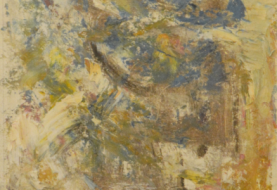The Paintings by the Trečiokai Family
The Paintings by the Trečiokai Family
We present the exhibition of the works created by two native Biržai citizens - Irena Trečiokaitė-Žebenkienė and Vytautas Trečiokas.
Both artists were born into the family of an inventor, physicist-mechanic, businessperson and public figure Jurgis Trečiokas (1863–1927) and Darata Trečiokienė (Dagytė).The family lived on Dagilio street, in a house bought from T. Jansonas (now there is a ritual services office). Later the Trečiokai built the house on Kilučių street. Their eldest son Romualdas Trečiokas (1908–2005) was an officer and engineer, and lived in Kaunas.
Vytautas Trečiokas (9 January 1912 in Biržai–2002 in Canada) was an artist-architect. In 1930, he graduated from Biržai Gymnasium.
From 1930 to 1933, he studied architecture at Ecole des Travaux Public et Batiment in Paris.
In 1935, he graduated from Vytautas Magnus University, Faculty of Engineering, where he obtained a diploma of an engineer-architect.
From 1935 to 1944, he was the engineer of Alytus where he designed several primary schools, Alytus bath, a fountain in Alytus Park, a church in Santaka (Alytus region).
In 1944, he left for Germany. In 1949, he arrived in Canada. From 1950 to 1955, V. Trečiokas worked in Hully, Quebec. From 1955, he was an architect of the Ministry of Public Works in Ottawa.
V. Trečiokas participated in the activities of the Lithuanian community in Ottawa.
His son Raimundas Trečiokas through his cousin Joana Smičienė handed over the works of Vytautas Trečiokas to the Alytus museum of Local Lore.
Irena Trečiokaitė-Žebenkienė (28 October 1909 in Biržai–13 January 1985 in Vilnius) was an artist and a teacher.
During the First World War, her family moved to Russia and later to Ukraine.
In 1928, she graduated from Biržai Gymnasium. From 1928 to 1935, she studied at Kaunas School of Art, where she majored in graphics and fresco-mosaics. From 1928 to 1932, she studied law at Vytautas Magnus University.
Irena Trečiokaitė-Žebenkienė’s political views were formed at Kaunas School of Art. In 1934, she joined the Communist Party. She was briefly imprisoned for illegal activities. In prison, being in the same cell with professional underground workers, she only took over their views even more. She worked as a liaison officer at the LCP Central Committee, and cooperated in the underground press.
In 1935, after graduating from Kaunas School of Art, she was admitted to the Lithuanian Artists' Association. I. Trečiokaitė-Žebenkienė participated in art exhibitions, painted landscapes, thematic paintings and still lifes, created wood carvings and ex-libris and illustrations for books.
In 1940, after the Soviet occupation of Lithuania, she was appointed the director of the Party Education House. She worked in Uzbekistan during World War II.
After the war, docent I. Trečiokaitė-Žebenkienė worked at the Institute of Arts for several decades, heading the Department of Drawing and the Fresco-Mosaic Studio. Sincerity and diligence were characteristic of the artist, who always remained demanding of herself and future artists.
I.Trečiokaitė-Žebenkienė loved to paint portraits of people of different professions, ages and education. Mosaics was the most favourite area of the artist’s creative work.
Relevant social themes, realistic forms, precise composition, lyricism and calm colours characterize the works of I. Trečiokaitė-Žebenkienė.
In 1997, D. Daugirdienė, the artist's daughter, donated 312 paintings created by her mother and a part of a large library to Biržai Region Museum “Sėla”.

Address: Radvilos 3, LT-41175, Biržai
Company code: 190562082
Telephone: +370 450 31883
E-mail: sela@birzumuziejus.lt
Data is collected and stored at the Registry of Legal Entities
